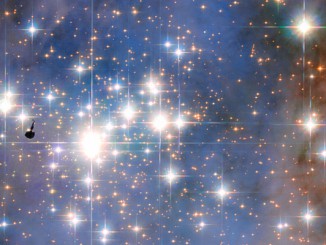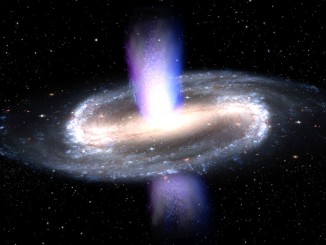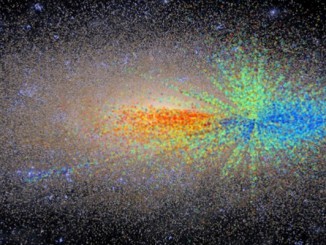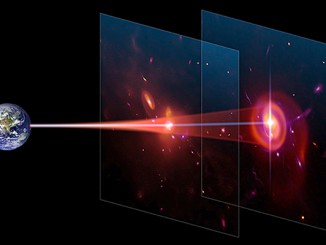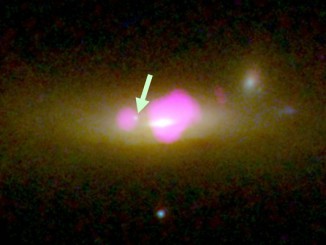
Volunteer programmers help astronomers find mysterious black holes
An international team of astronomers led by Ivan Zolotukhin from Lomonosov Moscow State University is close to understanding one of the most important mysteries of modern astronomy — so-called intermediate-mass black holes. The researchers acknowledge the invaluable assistance of volunteer Russian computer programmers in the search.



